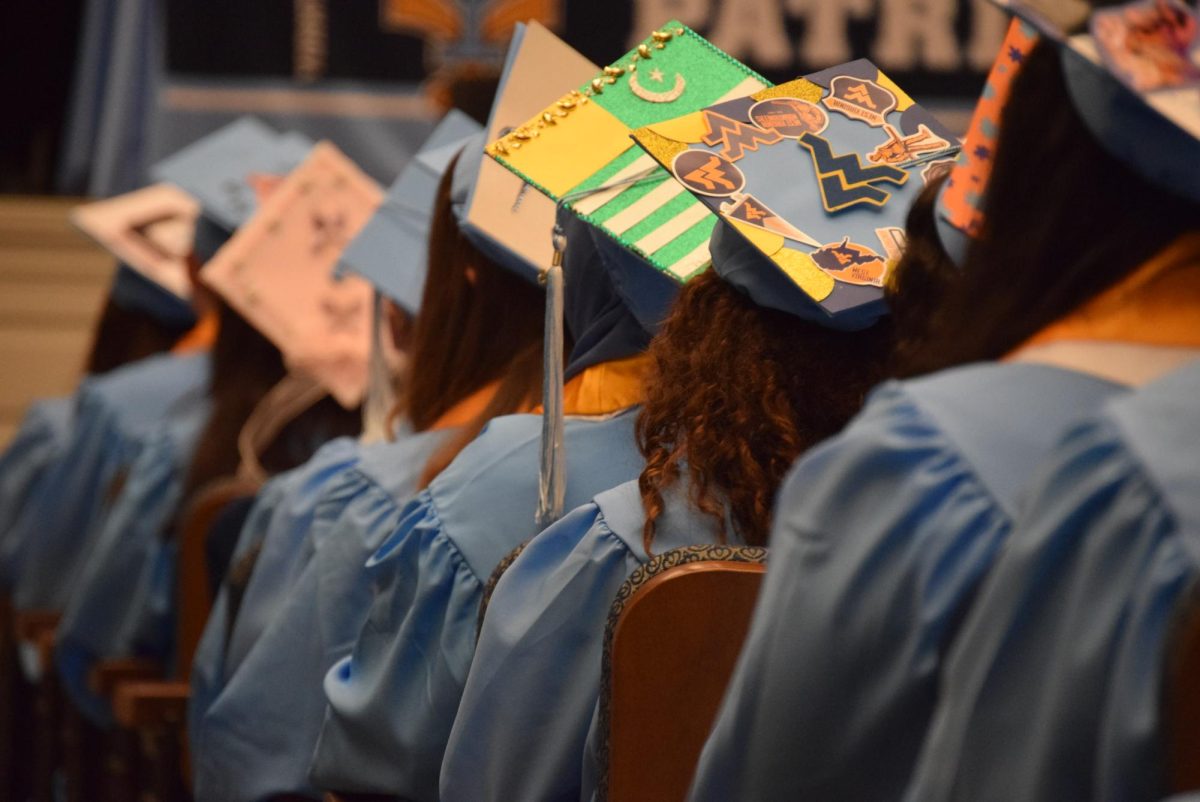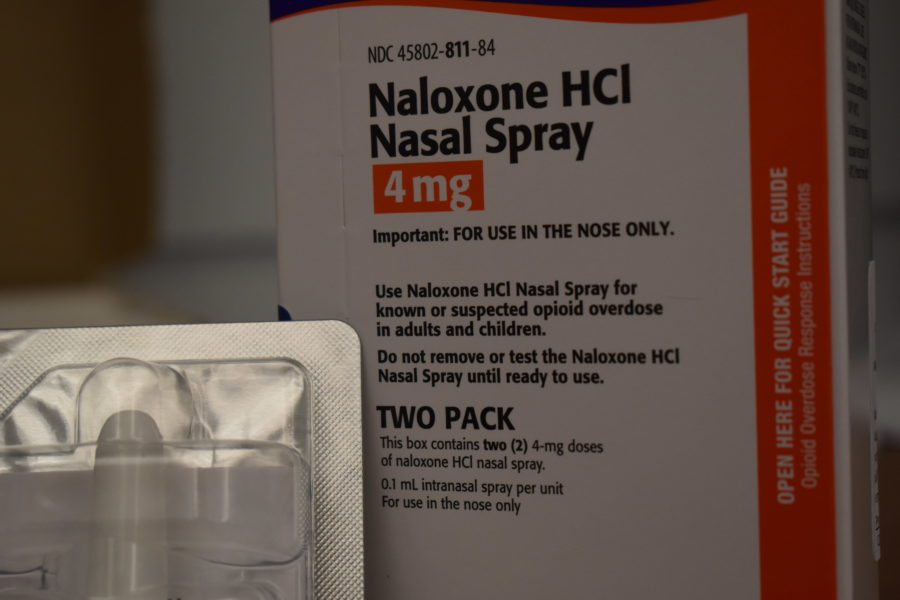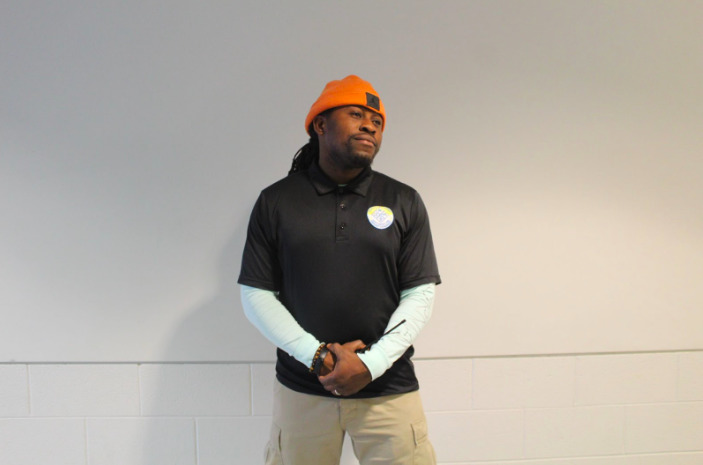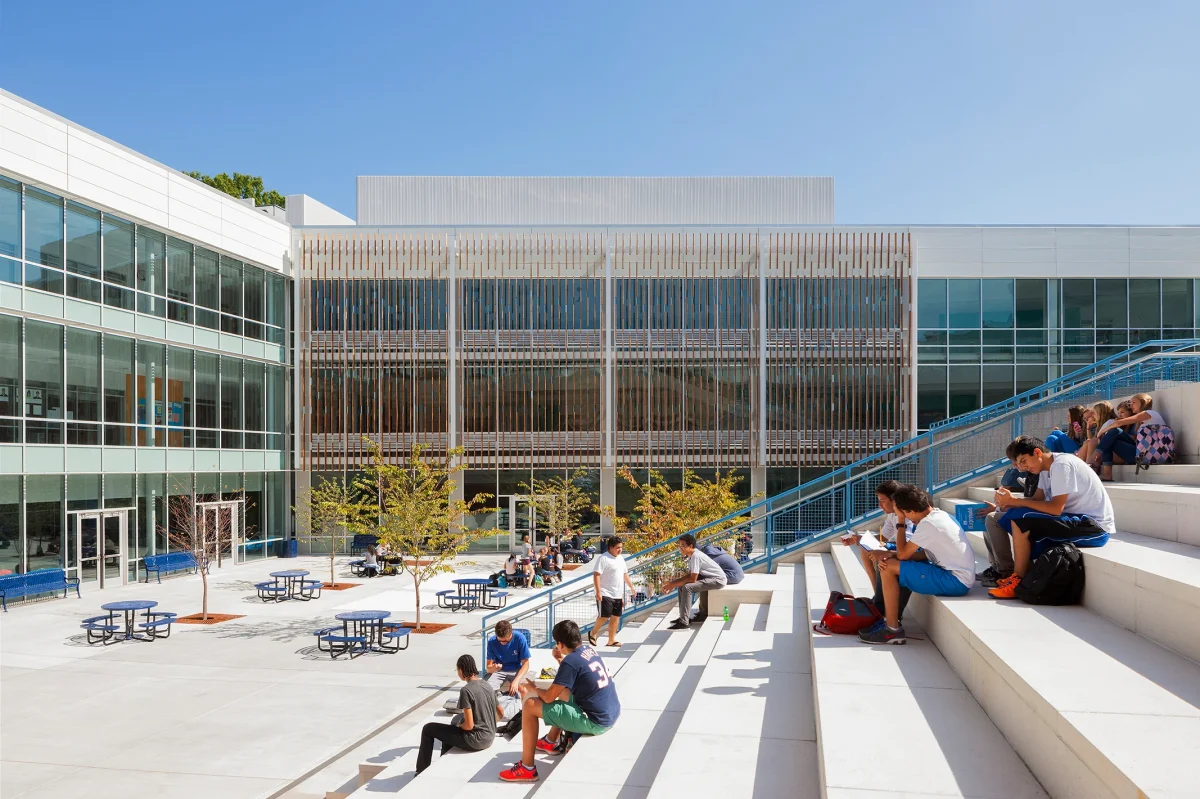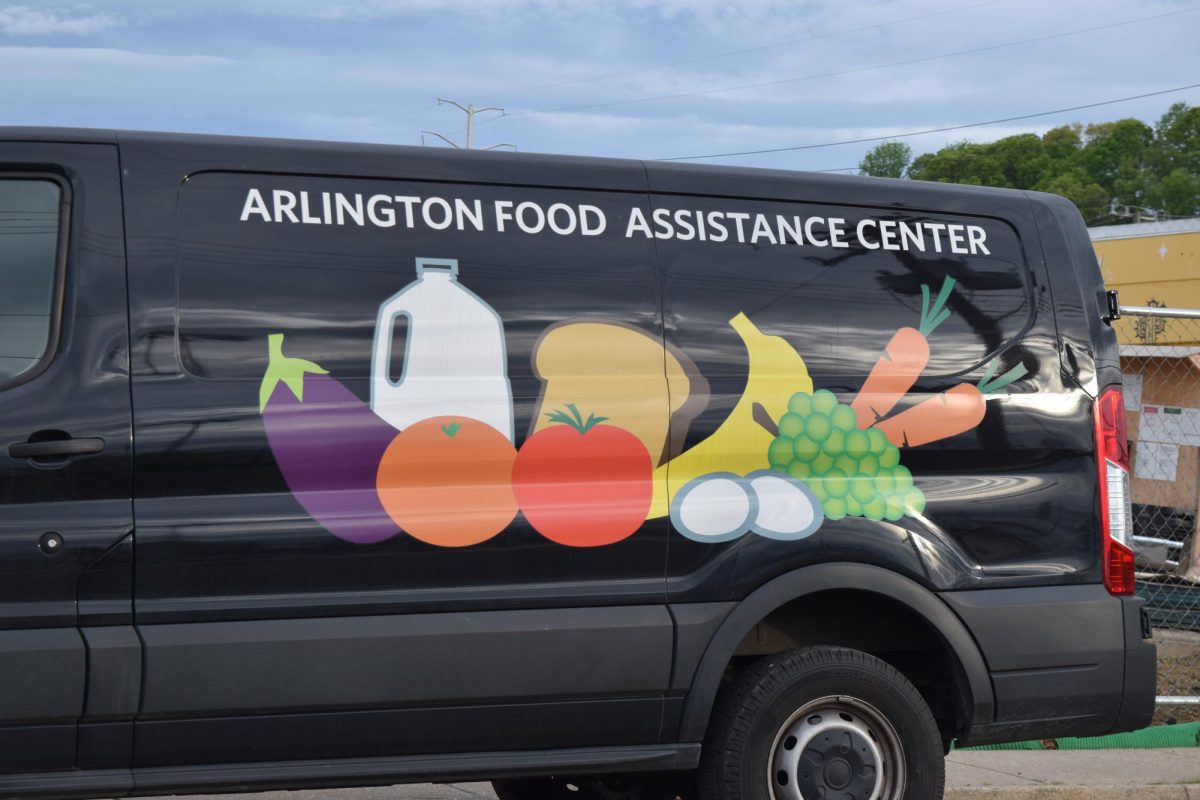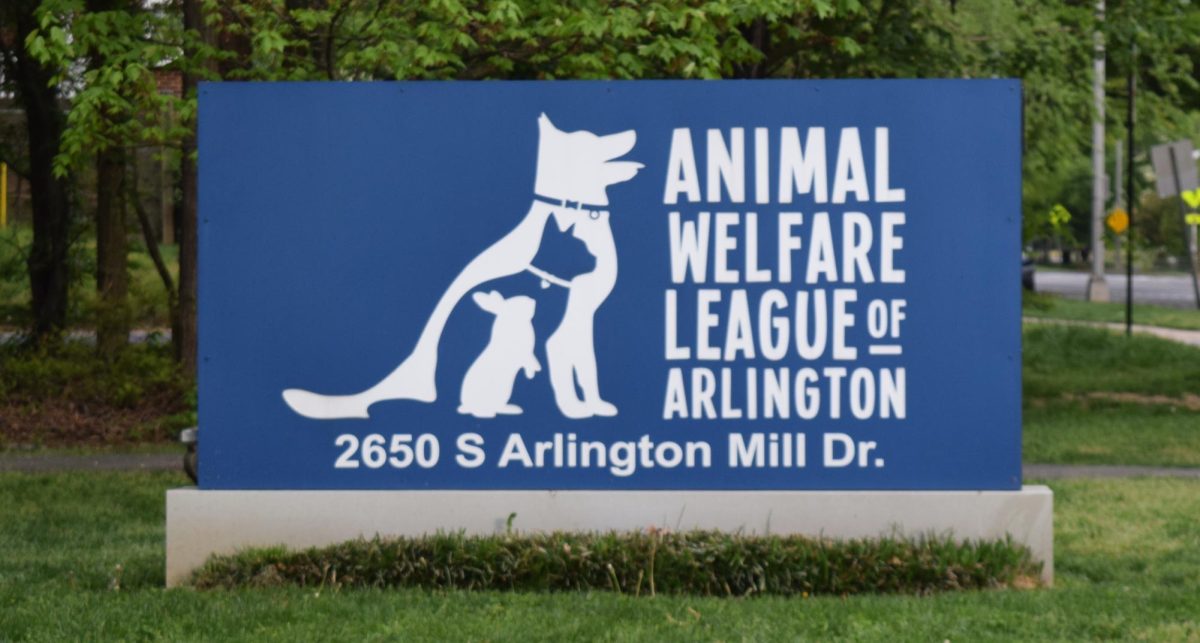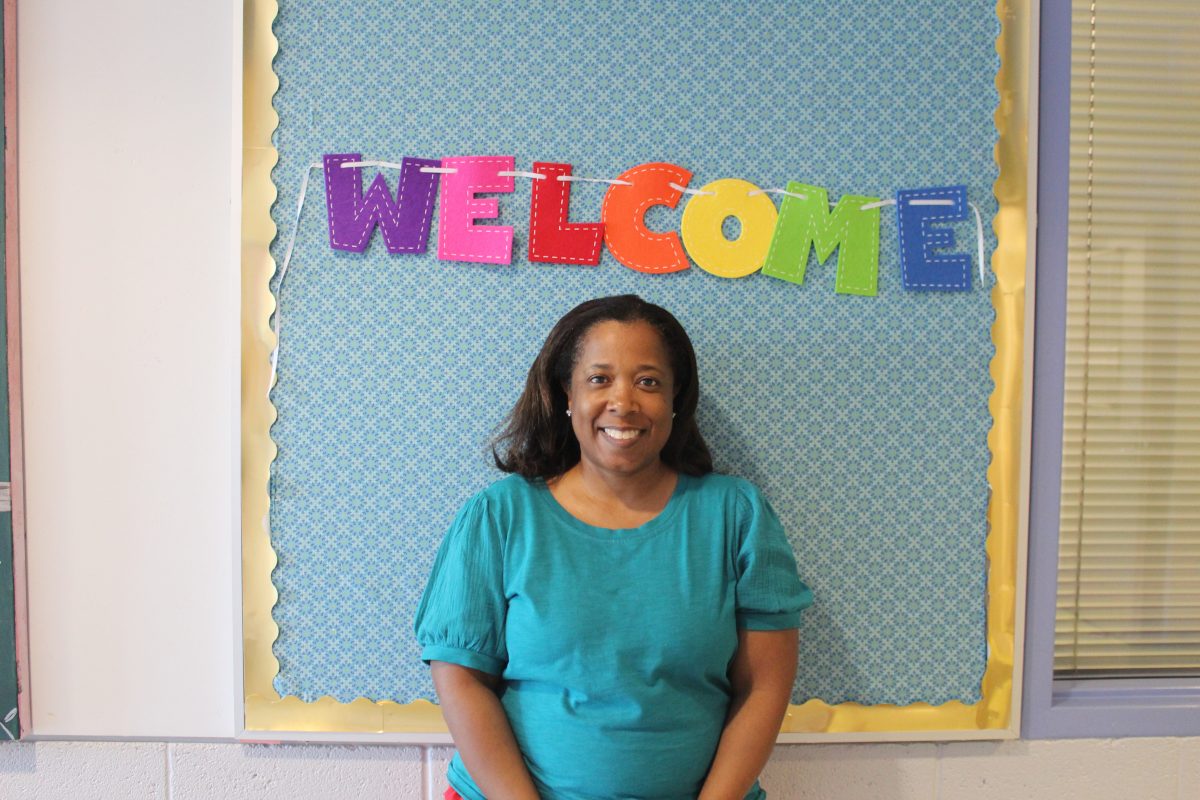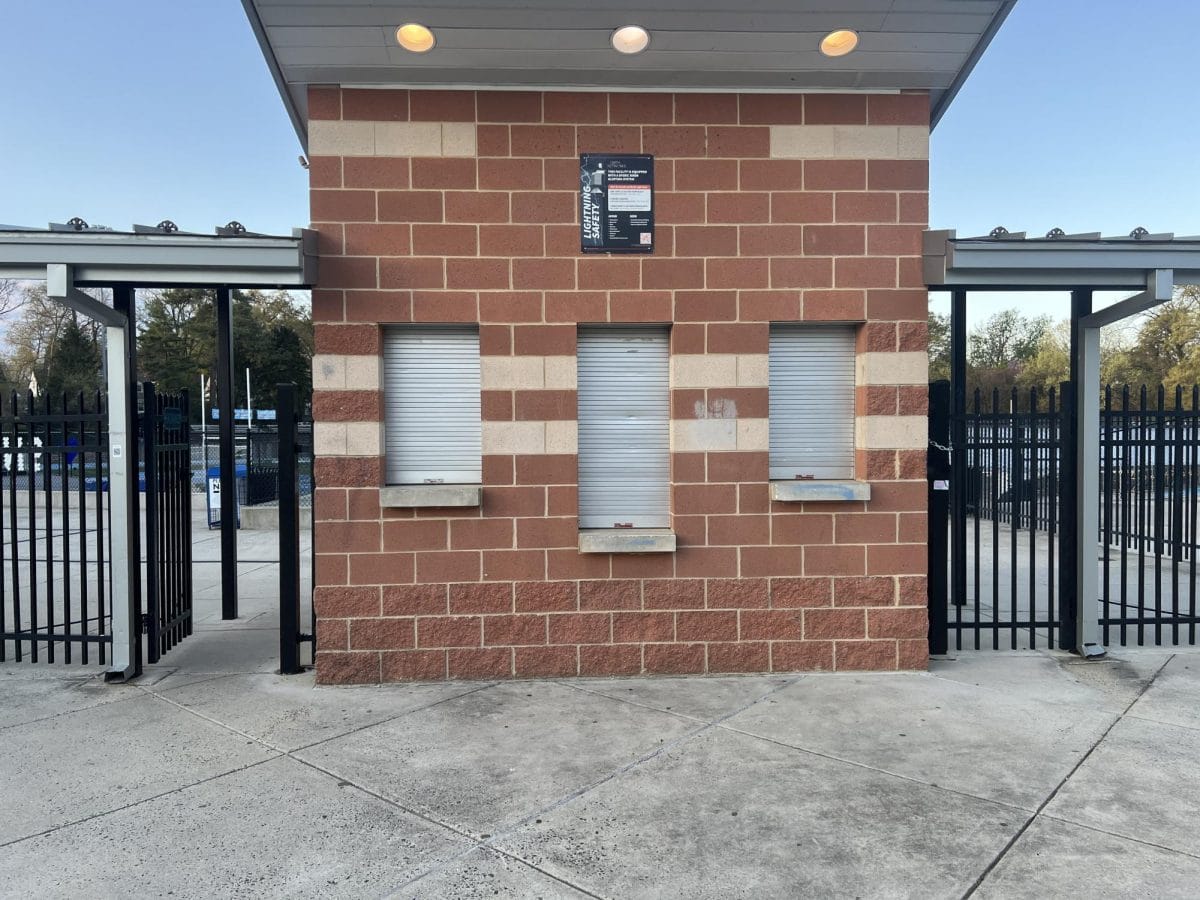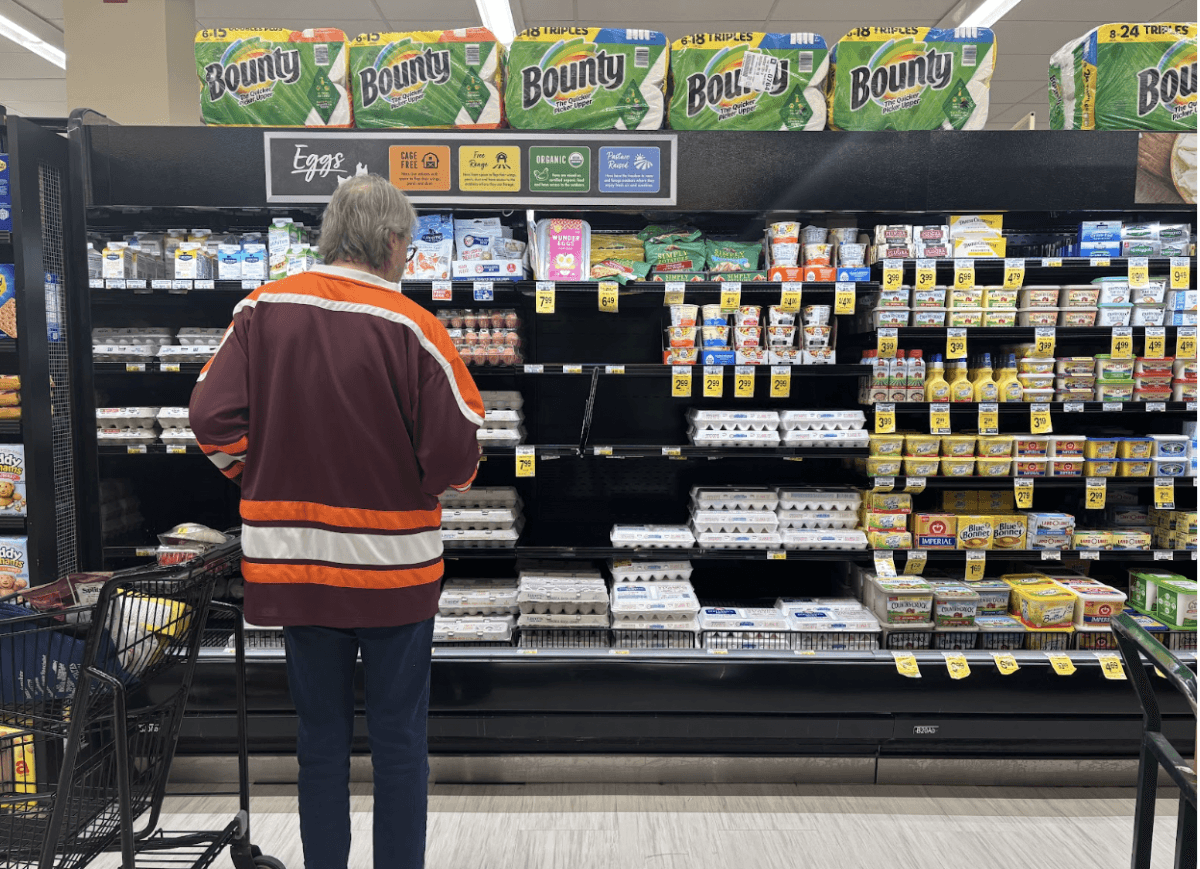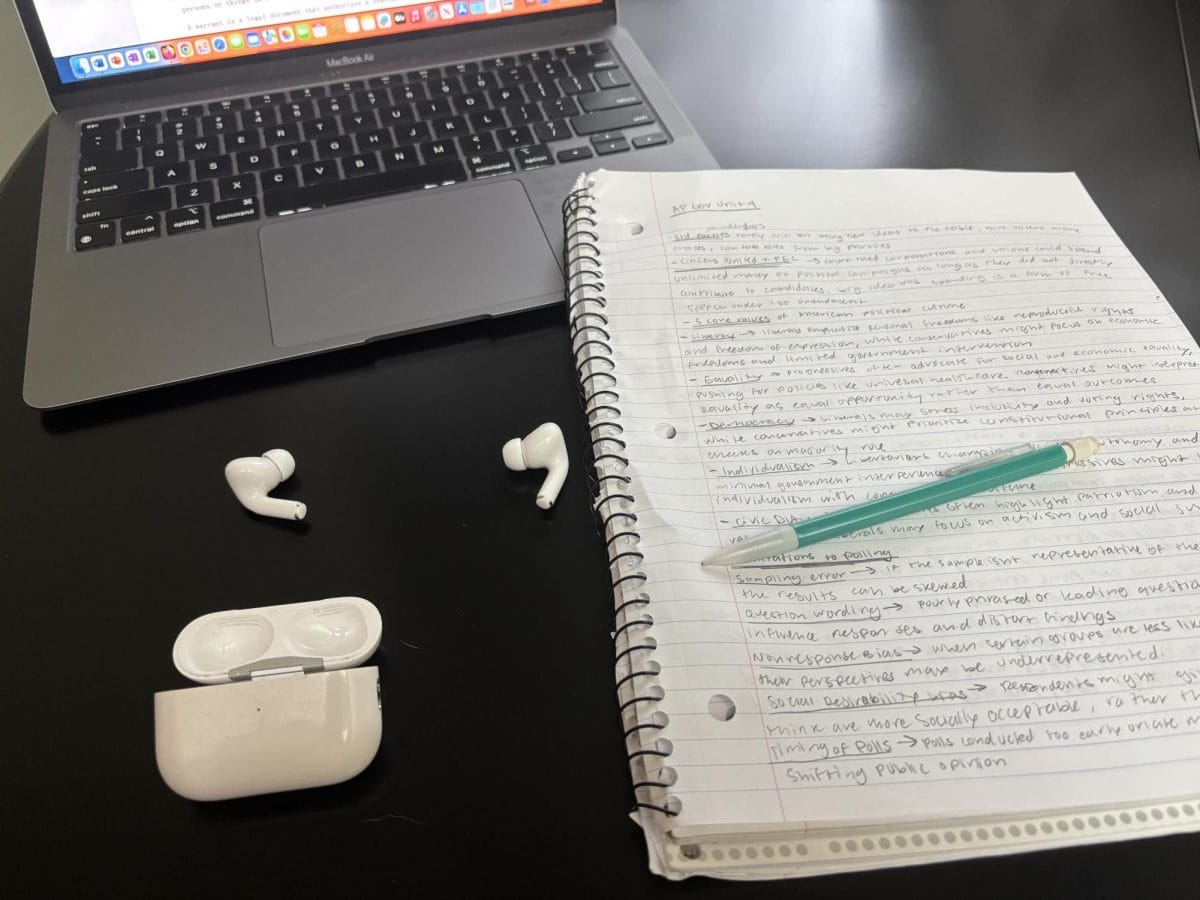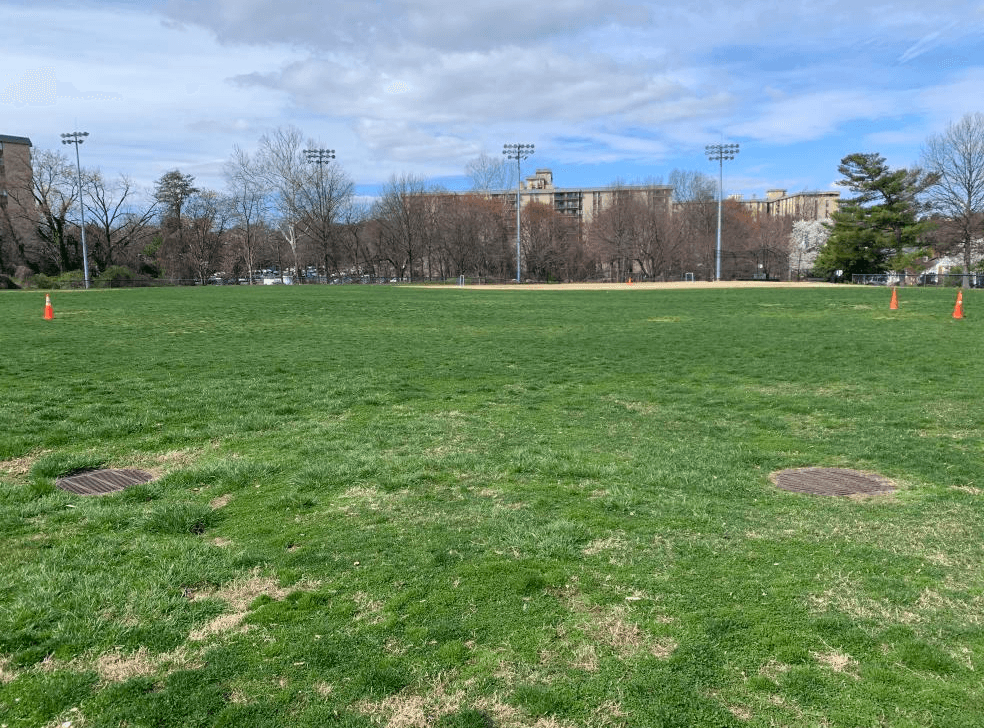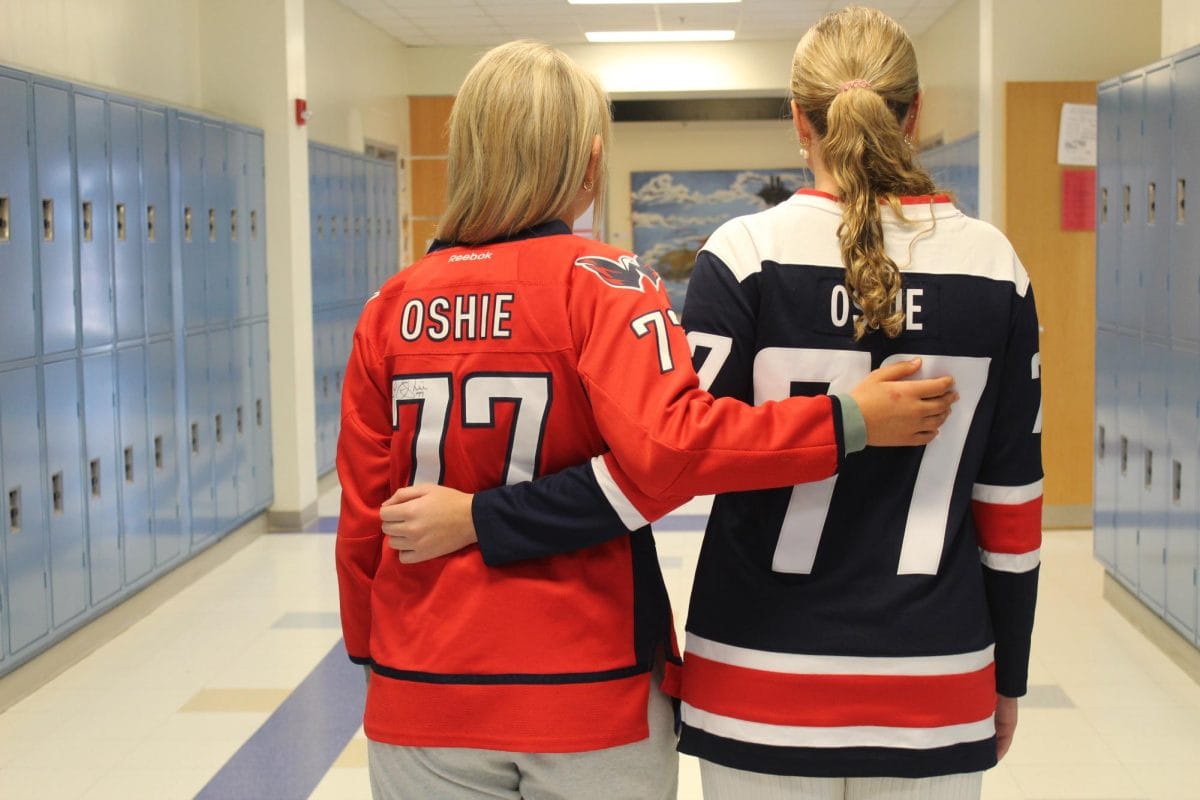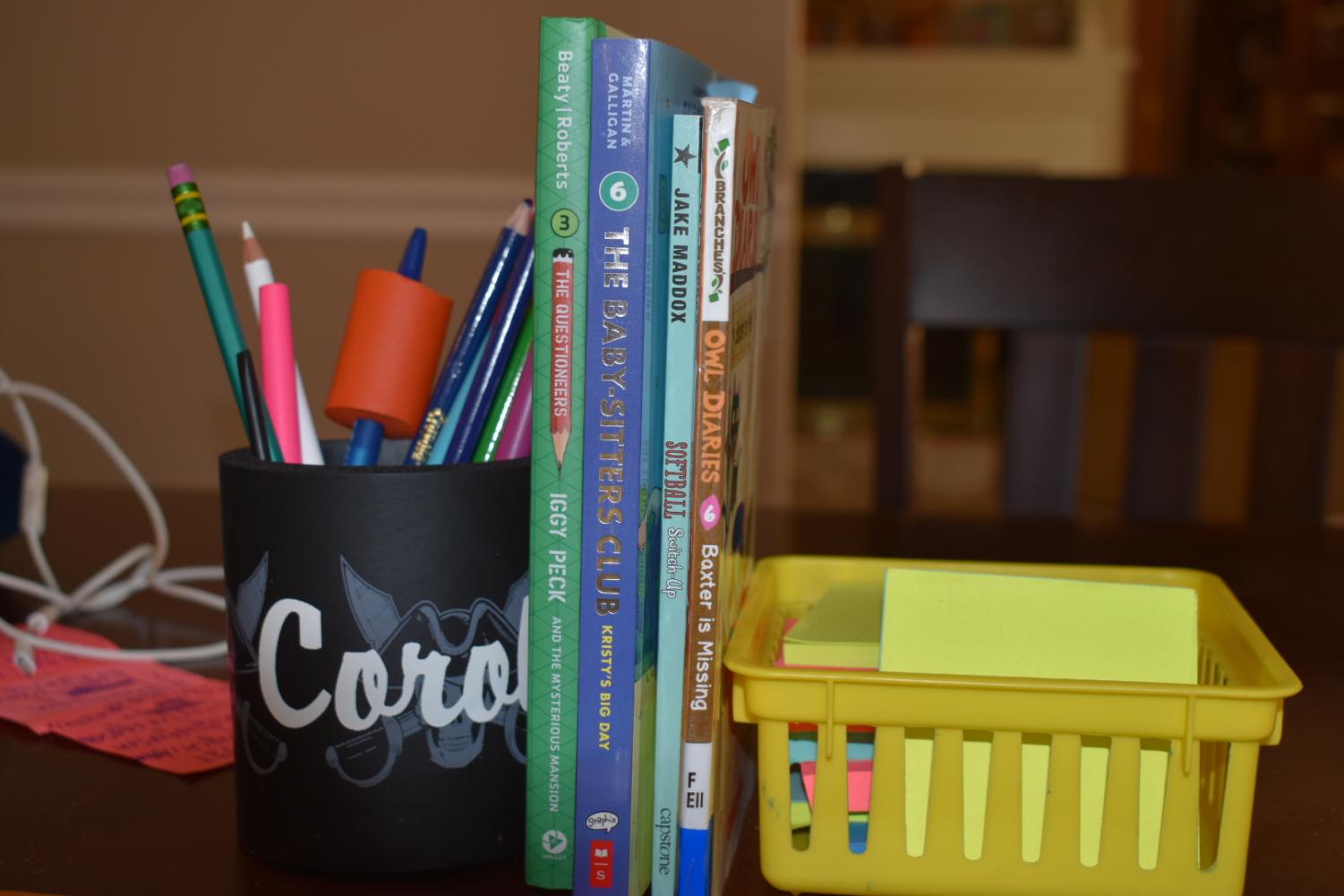This year is unlike any other. The COVID-19 pandemic has changed the lives of many all over the world, and schools nationwide are partially or fully shut down. In Arlington Public Schools (APS), all schools are completely shut down, which will most likely be a once-in-a-lifetime experience.
As the first quarter comes to a close, online school has become a routine for many. Still, virtual learning is challenging, and the dynamic between parents and teachers is changing rapidly. It differs between grades of students and virtual learning environments.
Bridget Bishop, a kindergarten teacher at Tuckahoe Elementary, explains how kindergarteners need a lot of assistance, both from her and from parents on the other end. While parents of kindergarteners are eager to assist their children, Bishop explains that it varies greatly with each student.
“At the beginning of the year there was more assistance needed, but now [parents] will more just pop over if a kid says they need help.… Some of the kids are independent enough that they don’t need mom or dad there all day,” Bishop said.
The level of parent intervention is dependent on the grade of their kids. With younger students, parents are a large part of virtual learning.
Meagan Catano has a first grader at McKinley, and is very involved in her son’s school.
“[My son] is in a pod three days a week, so [a facilitator] is watching them. When he’s here with me, I have him sitting in the office with me,” Catano said.
She helps her son with school throughout the day, which can impact her work.
In contrast, the learning environment for middle schoolers is somewhat the same throughout all grades. Dana Cook has a sixth and an eighth grader at Gunston, and her kids have almost identical virtual learning experiences.
“I don’t need to help [my kids with school]. I’m just involved in reminding them of the time when they come downstairs for a break. Really, I’m just doing mom stuff and not really helping them with school at all,” Cook said.
Malia Rivera, an eighth grade math teacher at Swanson Middle School, explains how the parents of her students vary in terms of involvement.
“This year I think I’ve had the most parent engagement and parents being in tune with what their kids are doing. I do feel like there’s a fine line. In middle school, parents need to waver and kind of decide based on how their student is doing,” Rivera said.
Parent-teacher communication and interaction is another important aspect of virtual learning. Some teachers say they have had more communication, some have said they have had less. Similar to parent involvement, it differs between grades.
“I talk to parents everyday.… There are always one or two parents that I end up speaking with daily. For a regular cadence, I email families once a week on Fridays as kind of a summary of everything and a look ahead of what’s gonna happen next week,” Bishop said.
Younger students require more parent-teacher interaction, just as they require more parental involvement.
“[With teachers] I have direct communications, like emails, probably like once a week. When we communicate, it’s just any concerns, like having frustrations that he’s not getting to share or if he wasn’t understanding a certain concept, then I’ll reach out to her and make her aware, and see what she thinks,” Catano said.
As students get older, there isn’t exactly a concrete pattern. Rivera explains that she also communicates with parents regularly.
“Weekly, I interact with parents through email, or messaging, and update them on their kid’s progress. I would say the amount of communication from in person versus virtual school is about equal,” Rivera said.
However, in high school, the main focus is on independence. English teacher Christopher McIntosh highlights the importance of this.
“I would say I don’t regularly send out communications to parents unless I have concerns about an individual student. I don’t have a regular parent communication that I’m sending out each week,” McIntosh said.
Virtual learning is a new and challenging experience. With communication and patience, the virtual learning environment can be positive for everyone.
“Being understanding and patient and flexible and assuming good intentions is the best thing to do,” McIntosh said.


